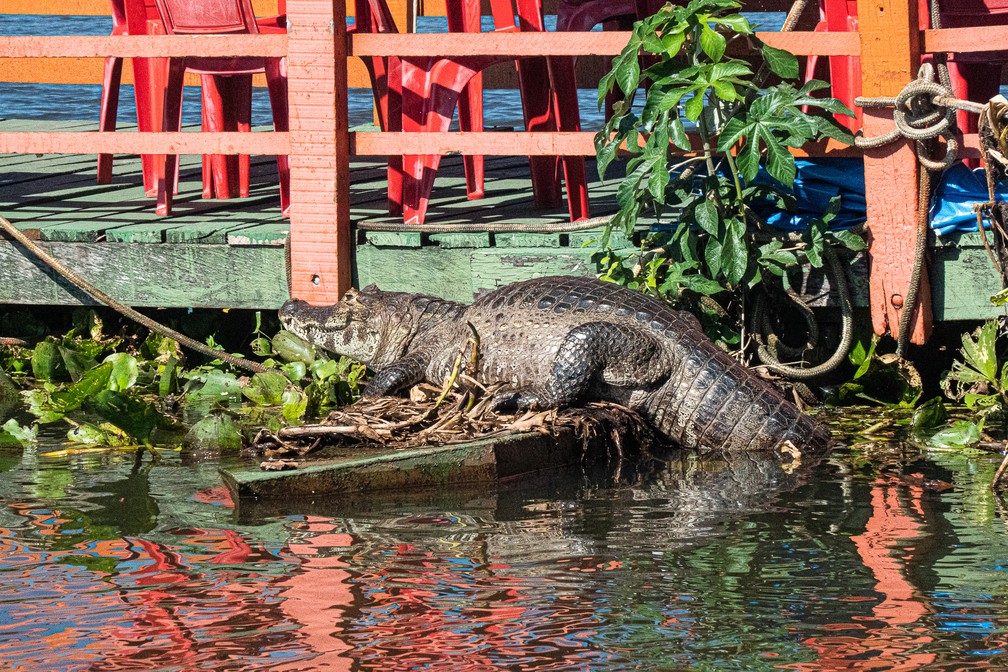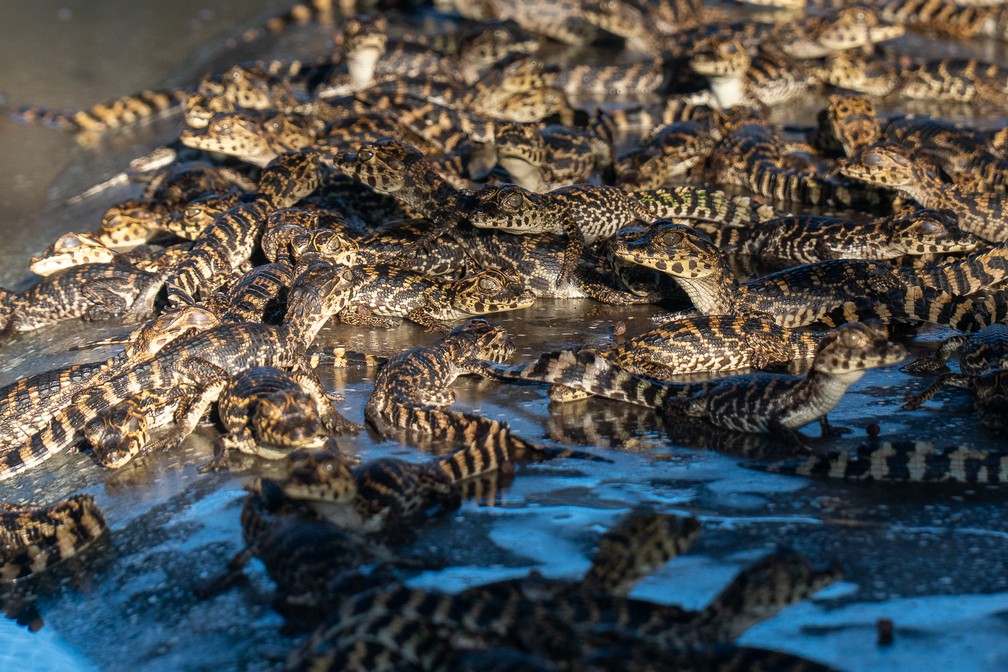By Richard Mann
RIO DE JANEIRO, BRAZIL – The Pantanal, the world’s largest tropical wetland area, is now home to more than ten million caimans (Caiman crocodilus yacare). In the 1980s, this species became the preferred target of the skin leather trade, which killed at least 5 million specimens.

It was its gentleness that put the caiman in the sights of Paraguayan leather workers, who invaded the Brazilian Pantanal in search of animals to meet the demand for their skins in the 1980s.
In addition to the Paraguayans, Brazilians and Bolivians were also involved in the ten-year confrontation with authorities trying to prevent these animals from being killed, their skins stripped off and flown to Paraguay.
Although wildlife hunting has been illegal in Brazil since 1967, it was only through the Fragelli Law, approved in 1988, that it became a crime. Then the legal business of caiman breeding for human consumption was created and expanded.
Since the 1990s, the caiman population has grown again, and since the beginning of the decade, specialists have estimated that there are several million specimens of the Caiman yacare in the Pantanal.
The breeding of caimans for slaughter is a legal practice in Brazil but requires specific environmental licenses. In recent years, this type of trade has expanded in the Pantanal, as well as reports of illegal breeding sites and mistreatment of animals.

In one of the breeding grounds alone, more than 70,000 animals are currently reared from hatching to slaughter — eggs are caught in wild female nests and incubated within the breeding grounds.
Caimans are classified according to their size, from small newborns, which fit in the palm of one’s hand, until they come to 8 kilos, their ideal slaughter weight.
One of the companies in the region has plans to obtain its eggs from the breeding ground. Today, 1,300 specimens are used as breeding stock, and 2018 was the first year in which the company saw the birth of its first caimans reproduced in captivity.

